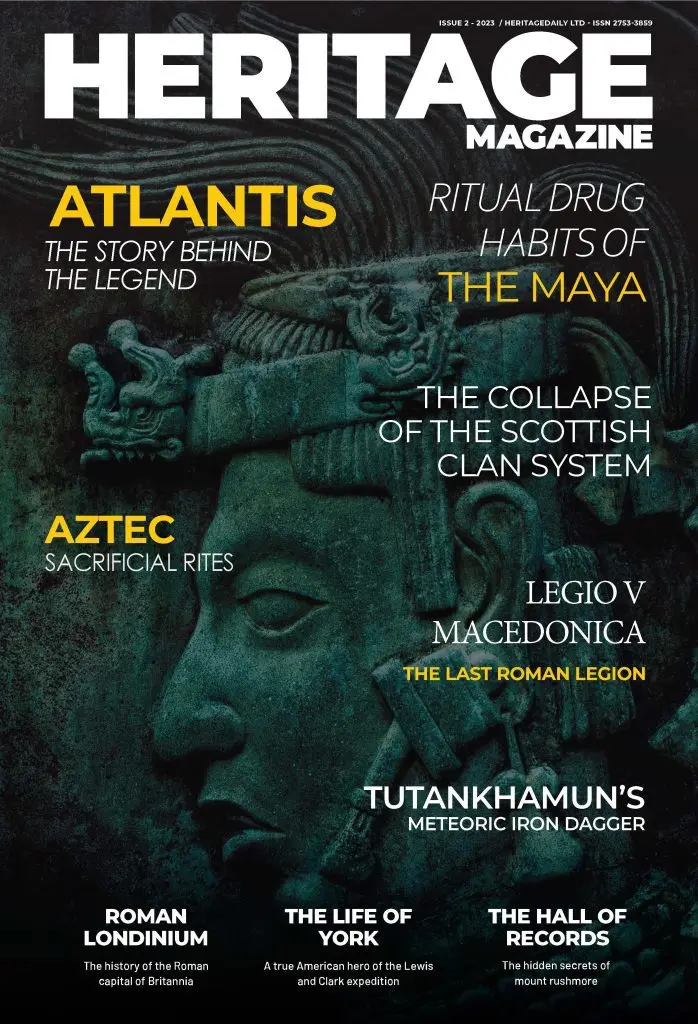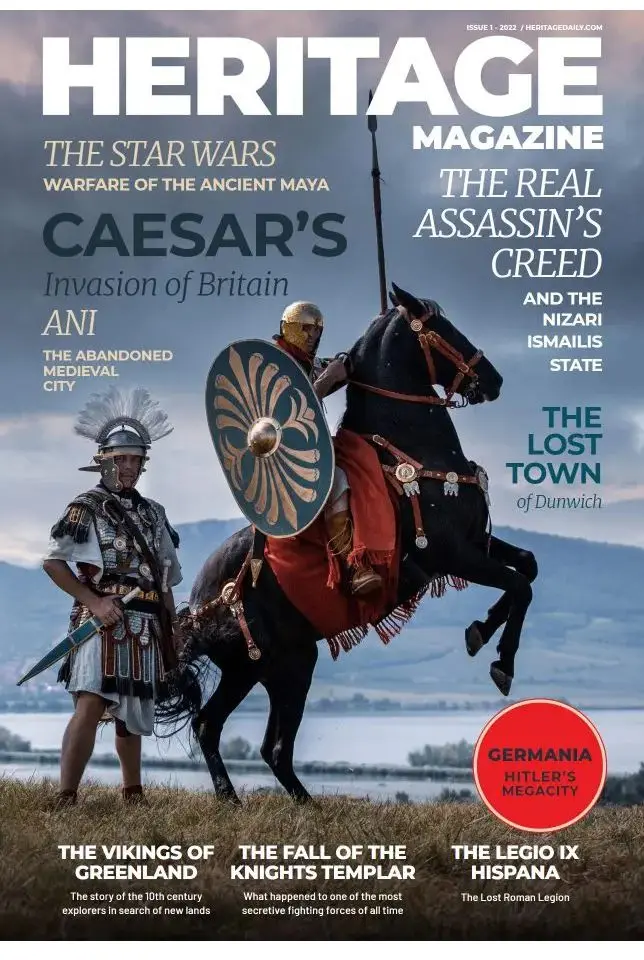Archaeological investigations of a crypt at the Quedlinburg Collegiate Abbey have revealed a baptismal font dating from the Ottonian Dynasty period.
Quedlinburg Collegiate Abbey was founded in 936 in what is now, Saxony-Anhalt, Germany. The abbey functioned as an Imperial Estate and was one of the self-ruling Imperial Abbeys of the Holy Roman Empire.
Excavations of the western area of the crypt have uncovered a quatrefoil cut into the sandstone, which according to the archaeologists served a baptismal font.
The font measures around 2 metres wide by 0.5 metres deep and dates from the 10th century during the Ottonian Dynasty period.
The Ottonian Dynasty, also known as the Saxon Dynasty, were ruling German monarchs from the Liudolfings family. The dynasty is named after three of its kings and Holy Roman Emperors named Otto, especially its first Emperor Otto I.
According to the researchers, the font must have been the lay room of a sacred building, possibly a church, and represents an important piece of architectural history from a period during the abbey’s medieval past for which little evidence survives.
According to the Roman-Germanic pontifical in the 10th century, unlike today, baptism took place once a year, on Holy Saturday, as a collective baptism of infants or small children by immersion.
Ceremonies were often performed by candlelight and was accompanied by liturgical songs and litanies. Candidates for baptism were immersed in holy water in the shape of a cross and the words “I baptise you in the name of God the Father, the Son and the Holy Spirit” was spoken.
A press statement by the State Office for Monument Preservation and Archaeology Saxony-Anhalt, said: “It is conceivable that Duke Henry I of Bavaria (born around 922, died in 955), who attempted to kill his brother, King Otto the Great, in an attack in Quedlinburg at Easter in 941, was baptized at the uncovered location.”
Header Image Credit : State Office for Monument Preservation and Archaeology Saxony-Anhalt
Sources : State Office for Monument Preservation and Archaeology Saxony-Anhalt







